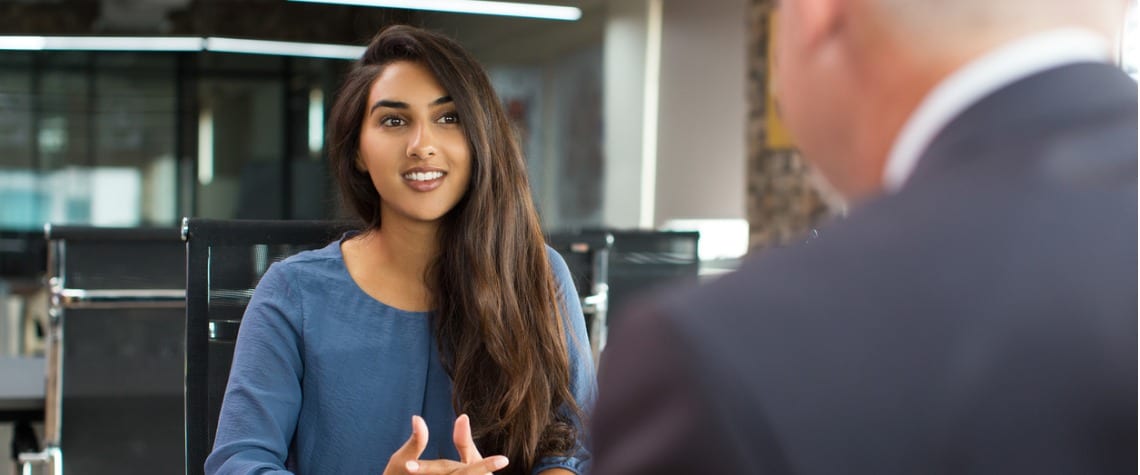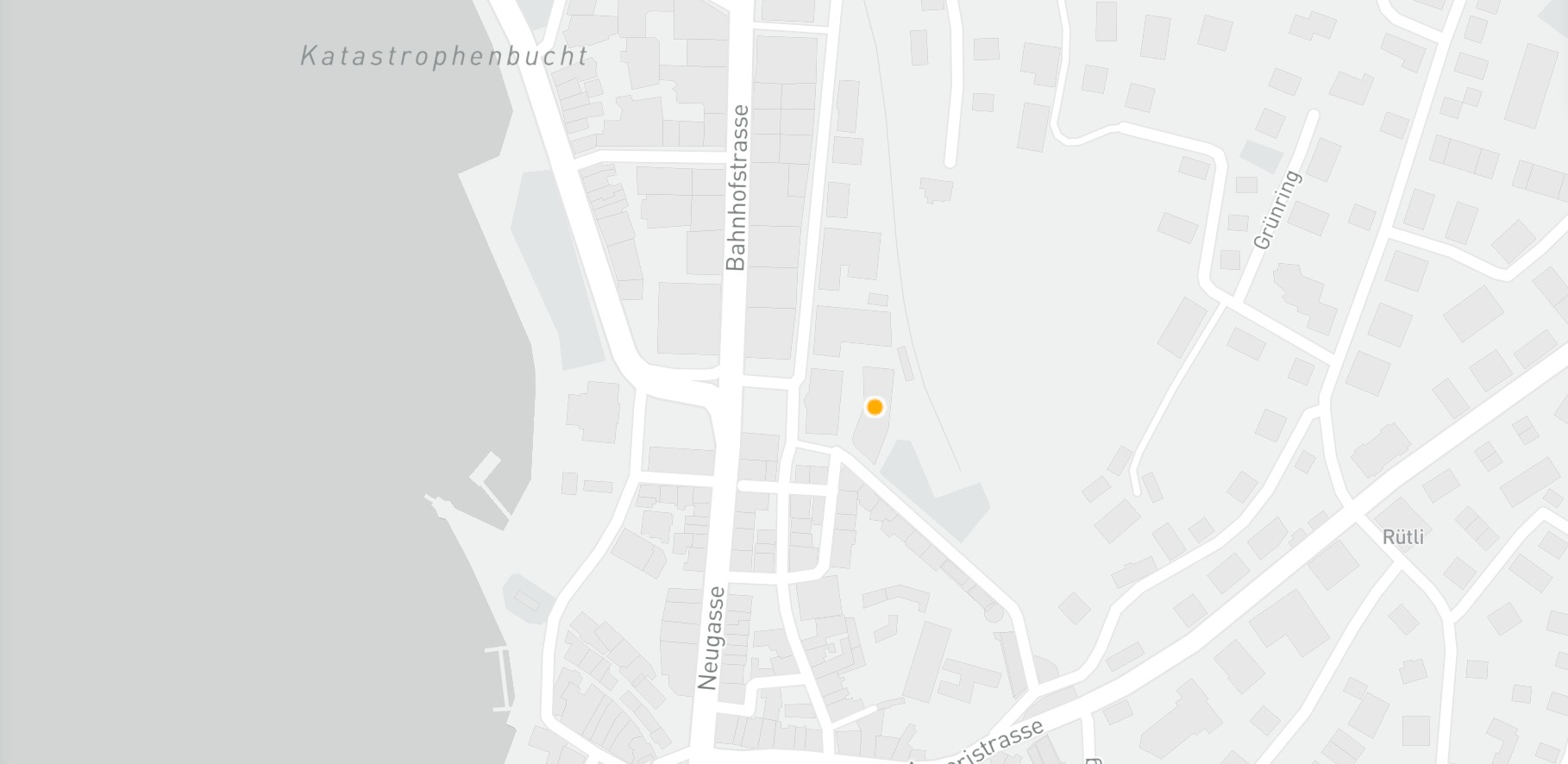Getting the Handshake Right
Upon meeting the interviewer, your first order of duty is getting the handshake right. A quick dash to the bathroom to wash your hands will save you the embarrassment of a sweaty palm, while a firm shake, rather than a bone-crushing grip, will put your first impression on the right track. A limp handshake can often imply awkwardness, uncertainty or nervousness too, not things you want to convey from the get-go.
Show Your Interest
Demonstrate your interest throughout the interview by maintaining eye contact and nodding along with their comments or questions. Some verbal interjections can also show interest but try to keep these at a minimum as it can show nervousness or even rudeness if they’re used too frequently. When you’re nervous, things that usually come naturally might fall by the wayside, so remember to smile and show how confident and capable you are for the job.
Hold Good Posture
Good posture goes a long way, showing confidence and maturity to a potential employer. Remember to keep your shoulders back and sit upright during the interview, a slouching posture can come across as unprofessional and could suggest a level of arrogance too, which is never good in a job interview.
Appear Organised
Bringing notes, a copy of your CV, and the job advertisement to the job interview not only makes you more prepared but also shows a level of professionalism that not every candidate will demonstrate. Appearing organised in the interview stage projects the message that you will continue this throughout your employment.
Implement Calming Techniques
Coming into an interview panicked and agitated gives entirely the wrong impression to potential employers. By implementing calming techniques such as mindfulness and breathing techniques, you can ensure that you go into the interview in a calm and collected manner ready to give the interview your best attempt.
Clarity of Voice
Speak at a clear volume, and take care to enunciate your words properly. So that you don’t sound rushed or lacking confidence, focus on breathing while you speak and make sure that you think before you speak. Although you want to appear confident, you don’t want to word vomit and portray yourself as nervous or indecisive.










